Northern Wheatear, Tapuit, Steinschmätzer, Chasco-cinzento, Collalba Gris
Spotted on our property Monte Horizonte in the Alentejo region of Portugal. Northern Wheatear sound
The Northern Wheatear or Wheatear (Oenanthe oenanthe) is a small passerine bird that was formerly classed as a member of the thrush family Turdidae, but is now more generally considered to be an Old World flycatcher, Muscicapidae. It is the most widespread member of the wheatear genus Oenanthe in Europe and Asia.
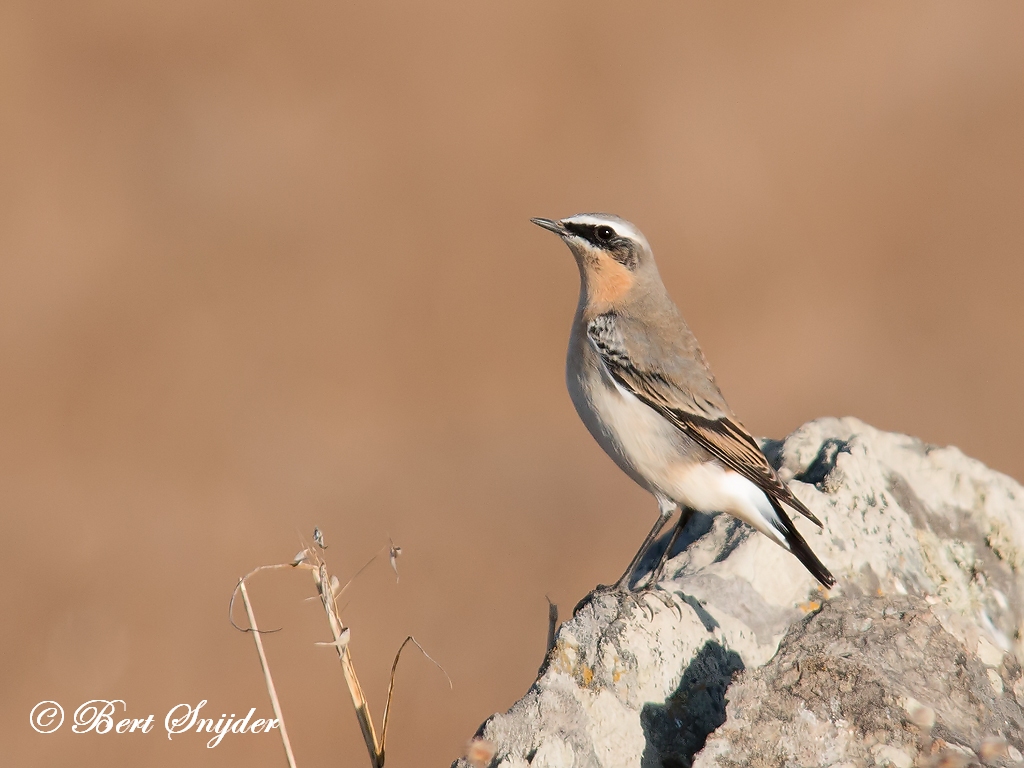
More photos at the bottom of this page.
The Northern Wheatear is a migratory insectivorous species breeding in open stony country in Europe and Asia with footholds in northeastern Canada and Greenland as well as in northwestern Canada and Alaska. It nests in rock crevices and rabbit burrows. All birds winter in Africa.
The Northern Wheatear is larger than the European Robin at 14½–16 cm length. Both sexes have a white rump and tail, with a black inverted T-pattern at the end of the tail.
The plumage of the summer male has grey upperparts, buff throat and black wings and face mask. In autumn it resembles the female apart from the black wings. The female is pale brown above and buff below with darker brown wings. The male has a whistling, crackly song. Its call is a typical chat chack noise.
This species was first described by Linnaeus in his Systema naturae in 1758 as Motacilla oenanthe. The generic name, Oenanthe, is also the name of a plant genus, the water dropworts, and is derived from the Greek ainos “wine” and anthos “flower”, from the wine-like scent of the flowers.[ In the case of the wheatear, it refers to these birds’ return to Greece in the spring just as the grapevines blossom.
Its English name has nothing to do with wheat or ears, but is an altered (perhaps bowdlerised) form of white-arse, which refers to its prominent white rump.
The Northern Wheatear makes one of the longest journeys of any small bird, crossing ocean, ice, and desert. It migrates from Sub-Saharan Africa in Spring over a vast area of the northern hemisphere that includes northern and central Asia, Europe, Greenland, Alaska, and parts of Canada. In Autumn all return to Africa, where their ancestors had wintered. Arguably, some of the birds that breed in north Asia could take a shorter route and winter in south Asia; however, their inherited inclination to migrate takes them back to Africa.
Birds of the large, bright Greenland race, leucorhoa, makes one of the longest transoceanic crossings of any passerine. In spring most migrate along a route (commonly used by waders and waterfowl) from Africa via continental Europe, the British Isles, and Iceland to Greenland. However, autumn sightings from ships suggest that some birds cross the North Atlantic directly from Canada and Greenland to southwest Europe (a distance of up to 2500 km). Birds breeding in eastern Canada are thought to fly from Newfoundland to the Azores (a distance of 1600 km) before flying onwards to Africa. Other populations from western Canada and Alaska migrate by flying over much of Eurasia to Africa.
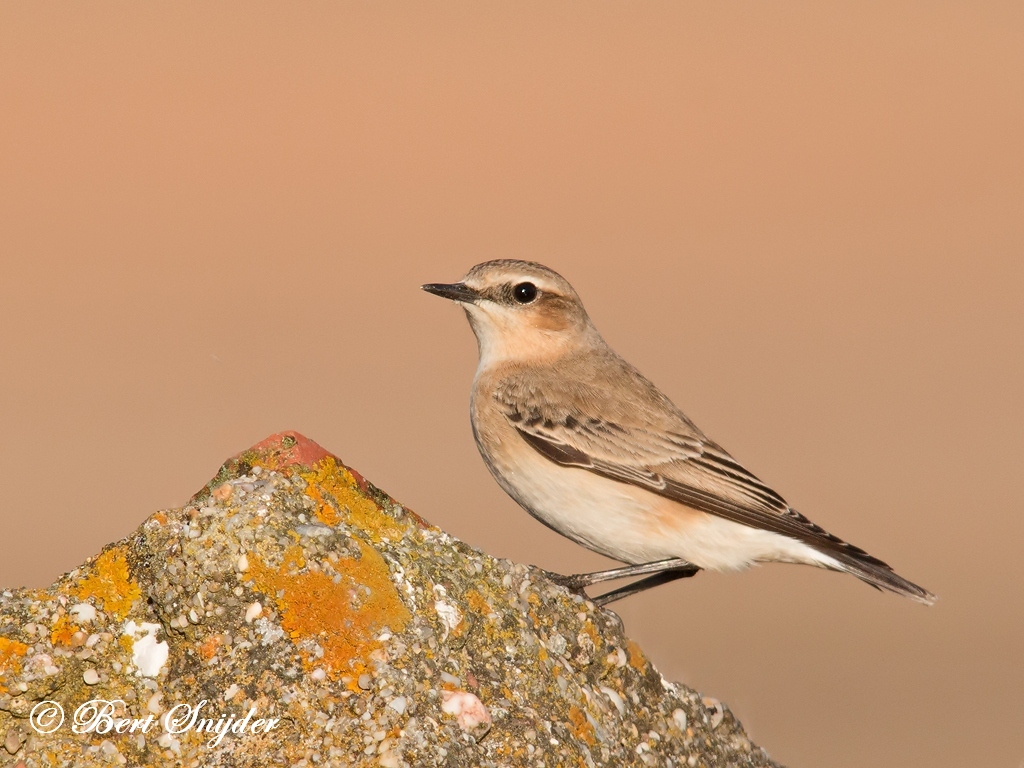

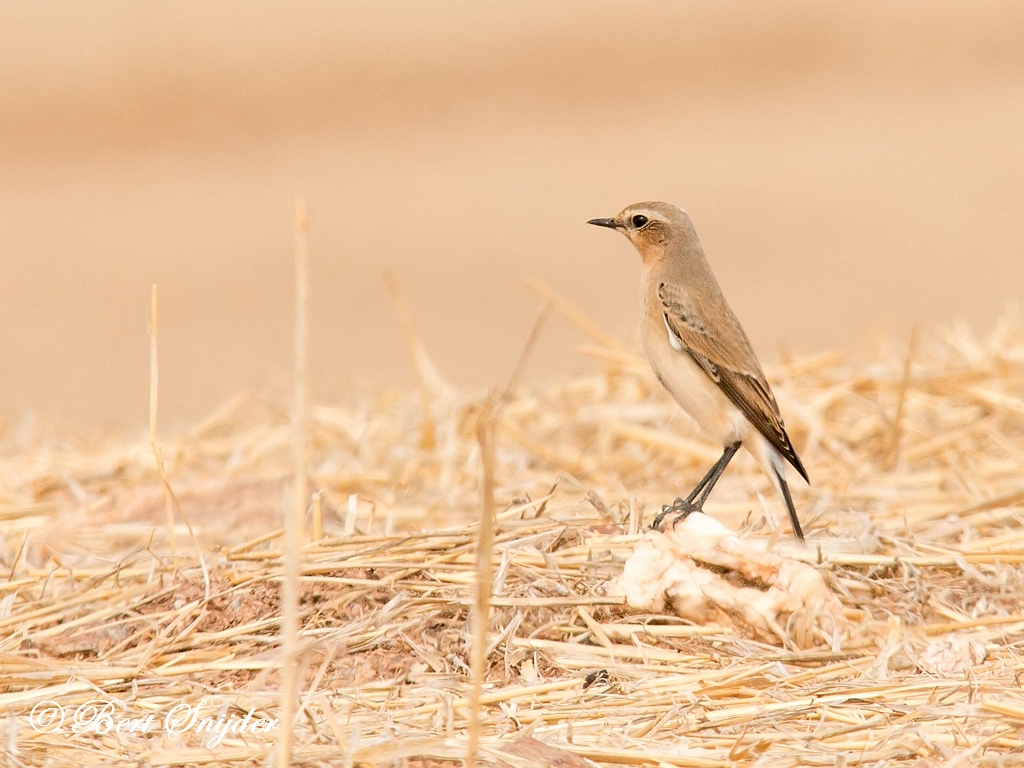
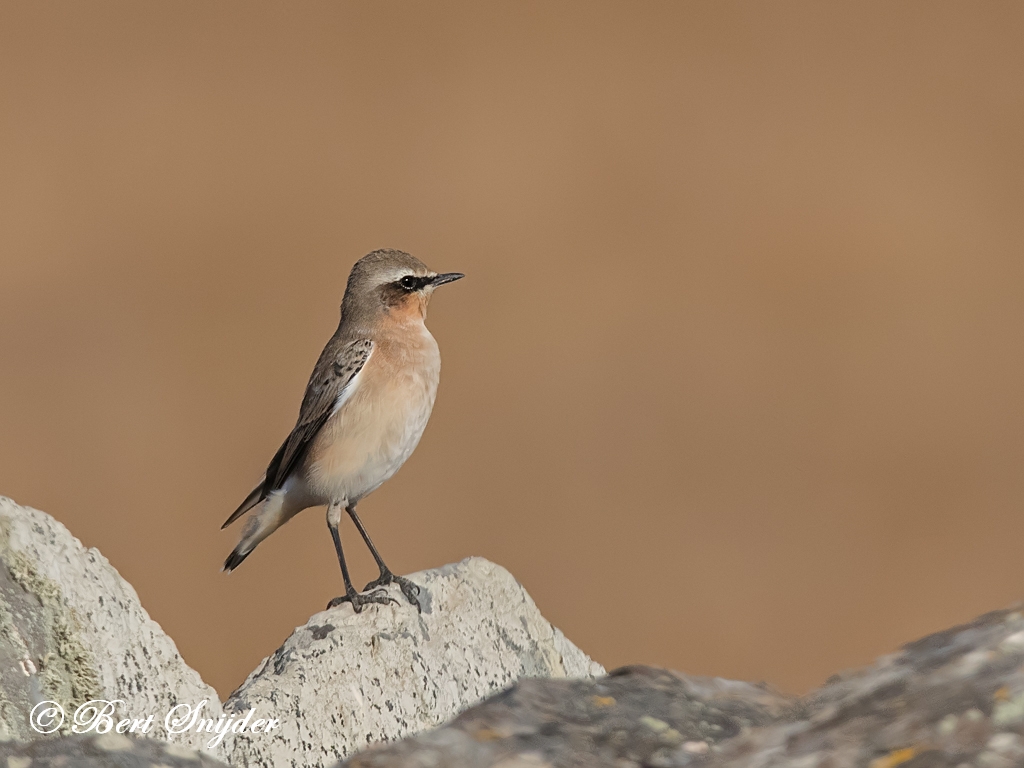
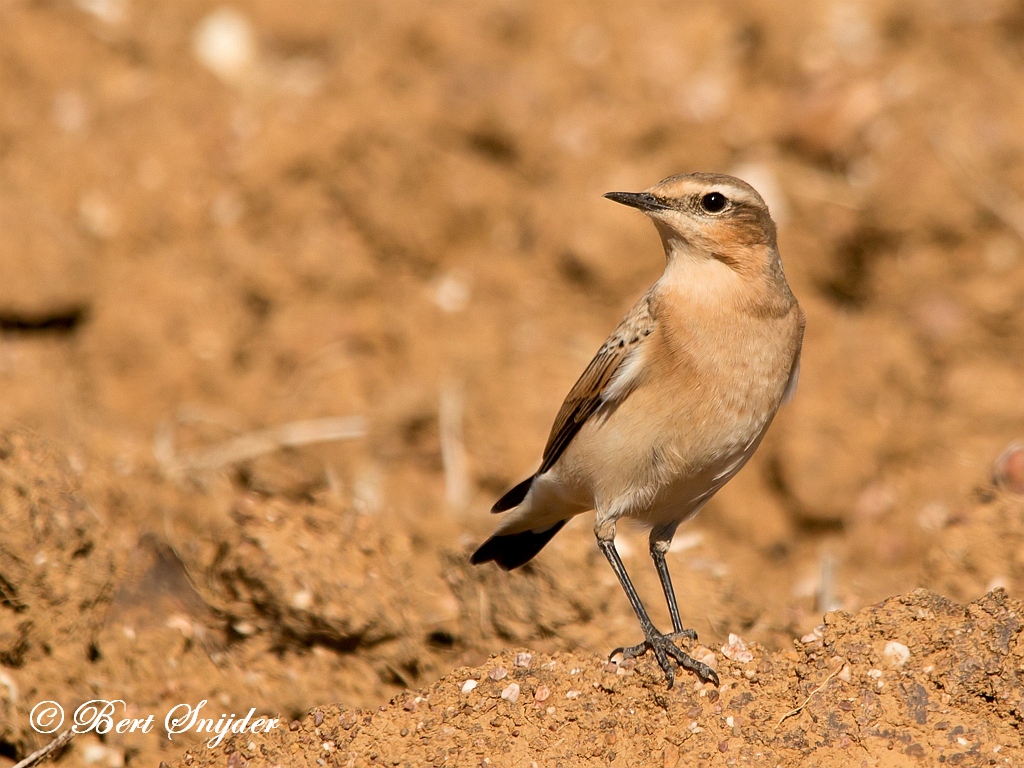

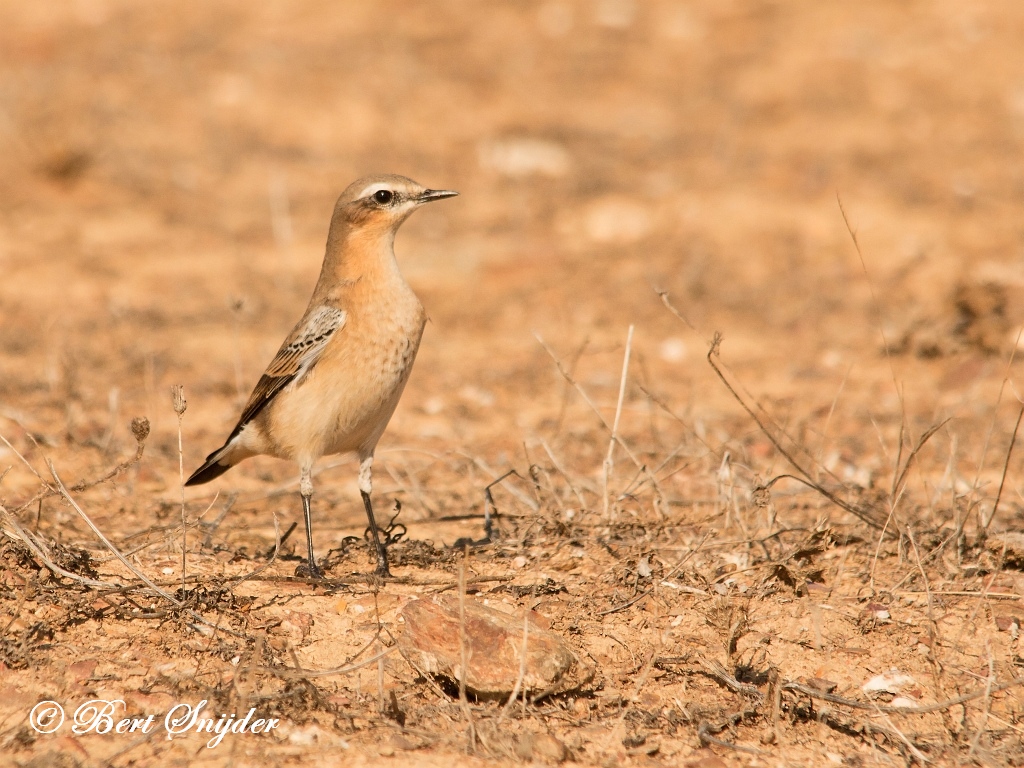


Other synonyms:
Afrikaans: Europese Skaapwagter
Asturian: Bicha
Breton: Ar bistrak-aod
Catalan: Bitxac rogenc, Coablanca, Còlit gris
Catalan (Balears): Coablanca
Valencian: Bitxac rogenc
Welsh: Cynffonwen, Gynffonwen, Tinwen y garn, Tinwen y garreg
Danish: Stenpikker
German: Steinschmaetzer, Steinschmätzer
Emiliano-romagnolo: Futvent
English: Common Wheatear, Eurasian Wheatear, European Wheatear, Greenland Wheatear, Northern Wheatear, Seebohm’s Wheatear, Wheatear
Esperanto: roksaksikolo
Spanish: Collalba Gris, Collalba Norteña
Spanish (Mexico): Collalba Norteña
Estonian: Kivitäks
Basque: Buztanzuri arrunt, Buztanzuri arrunta, Còlit gris
Finnish: Kivitasku
Faroese: Steinstólpa
French: Cul-blanc, Traquet motteux
Irish: Caislín cloch, Casúr-fá-cloch, Cliobhrean cloich, Clochrán, Coistin faoi cloich
Gaelic: Brù-Gheal, Clacharan
Galician: Chasca colipinta, Còlit gris , Pedreiro cincento
Manx: Claggan Cloaie, Cleeau ghial
Hungarian: Hantmadár
Icelandic: Steindepill
Italian: Culbianco, Culbianco boreale, Culbianco olartico
Inuktitut: Kussak, Sakseriak
Japanese: Hashi-guro hitaki, Hashiguro-bitaki, hashigurohitaki
Cornish: Tynwyn
Latin: Oenanthe oenanthe, Oenanthe oenanthe oenanthe, Saxicola oenanthe
Limburgish: Paapje
Lithuanian: Kultupys
Maltese: Kuda
Dutch: Tapuit
Norwegian: Steindulp, Steinjerp, Steinskvett
Portuguese: chasco cinzento, Chasco-cinzento
Romansh: Pitgacrap
Scots: Bru gheal, Clacharan, Clocharet, Cloichearan
Northern Sami: Geaðgerásttis
Slovak: Skaliarik sivý
Albanian: Bishtbardha e gurit
Swedish: Stenskvätta
Swahili: Mhozo wa Ulaya
Turkish: Kuyrukkakan
Travel Birdwatching Holiday Alentejo, Vacation Portugal for birders guided birdwatching Tours and Trips.